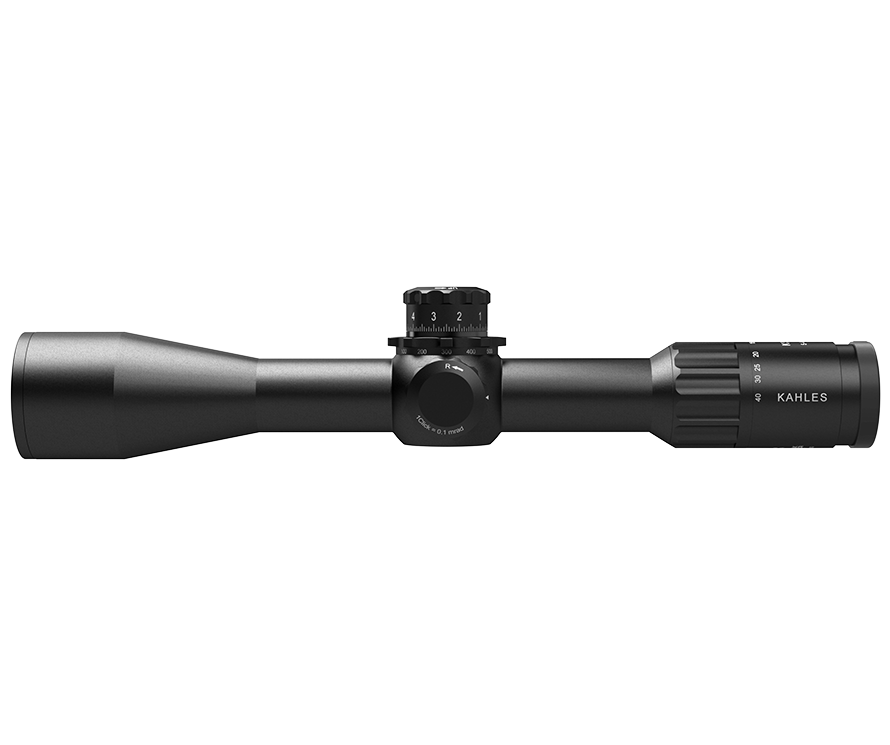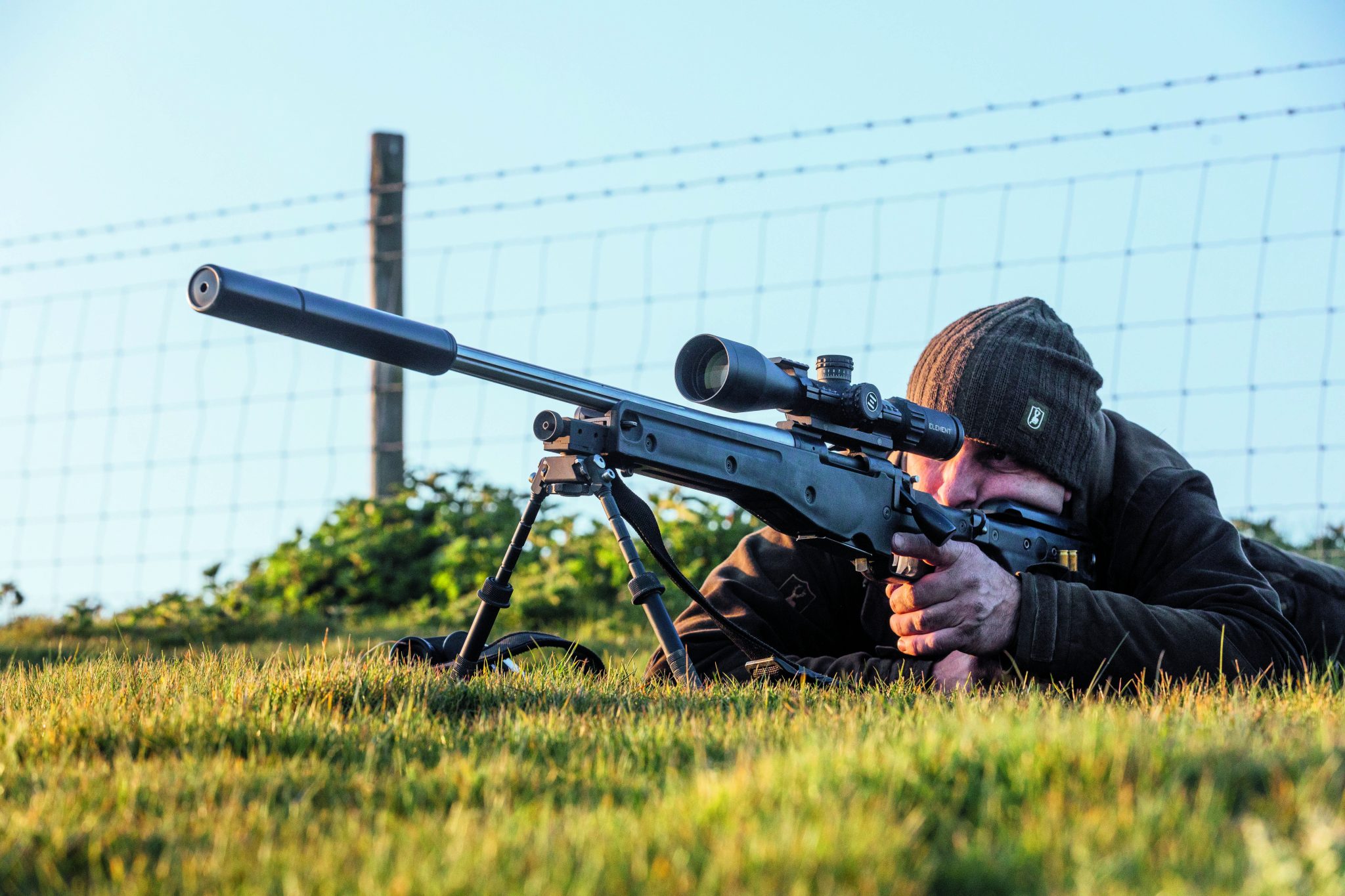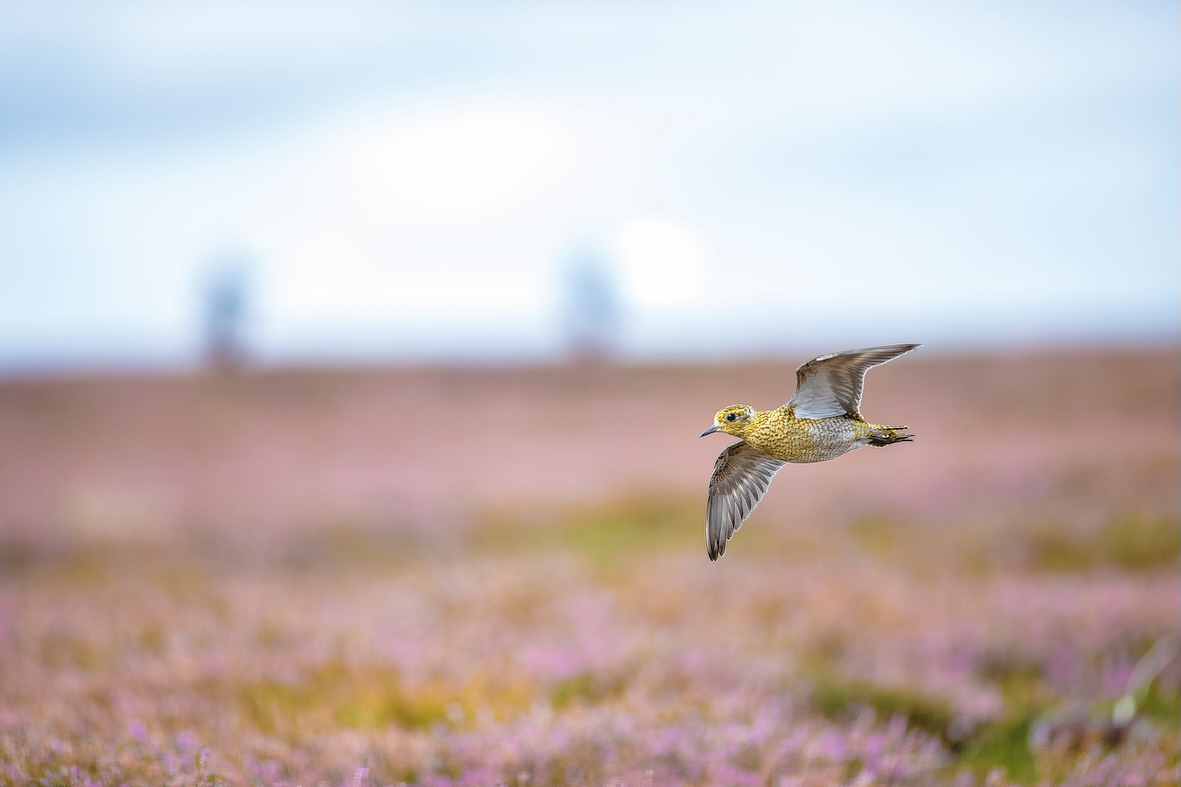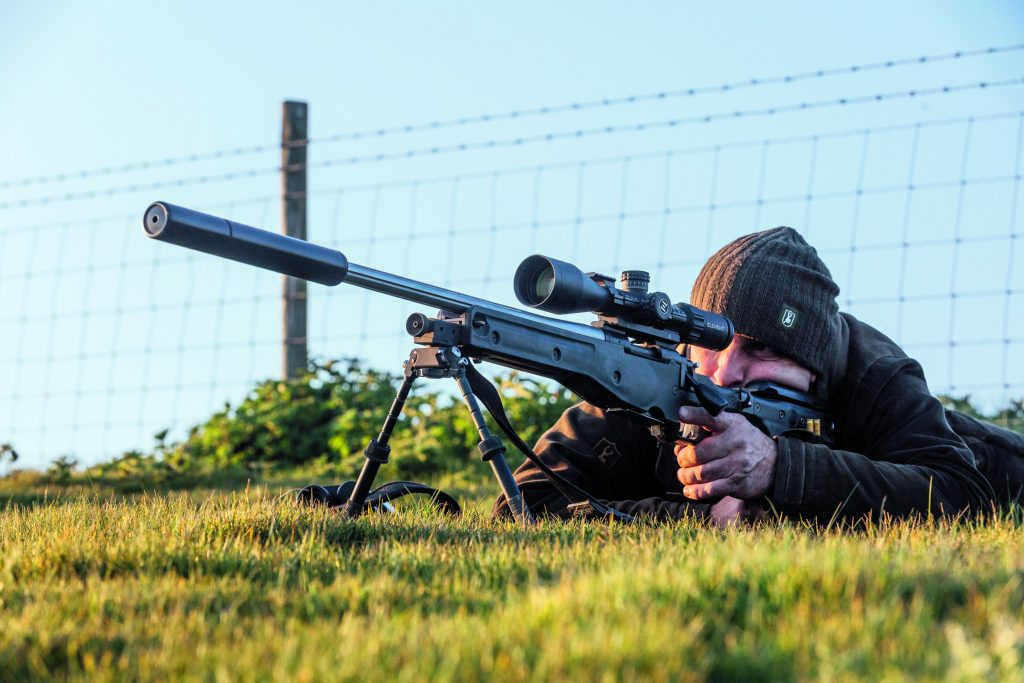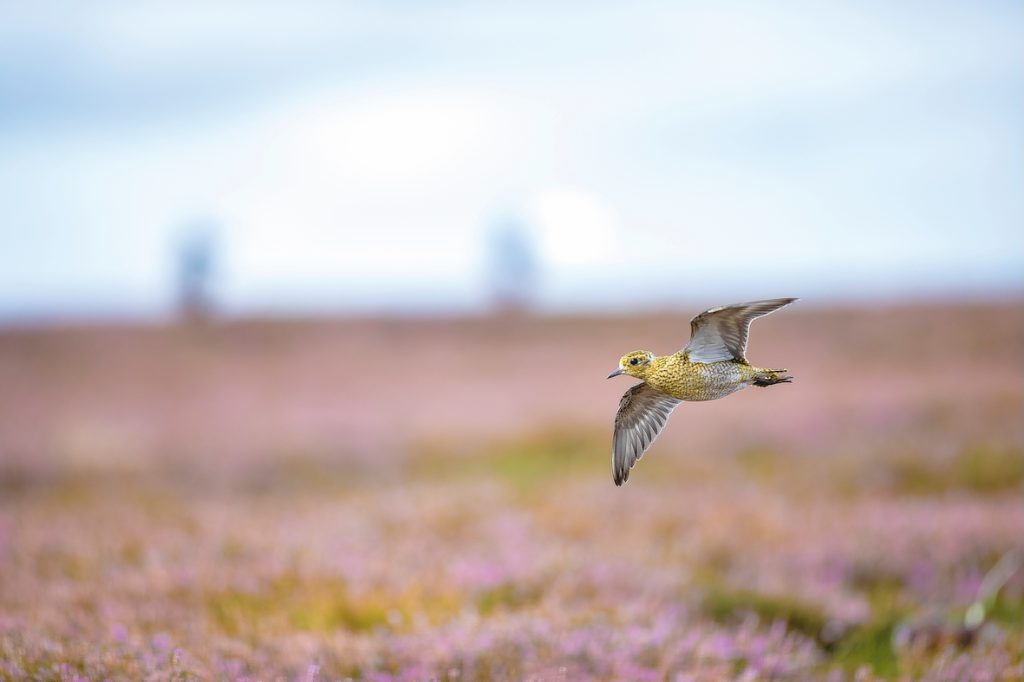News
Gamekeeping’s true divide
<strong>Despite a contrary BTO survey, Dr Stephen Tapper argues that the GWCT's latest research</strong>
Would you like to speak to our readers? We offer sponsored articles and advertising to put you in front of our audience. Find out more.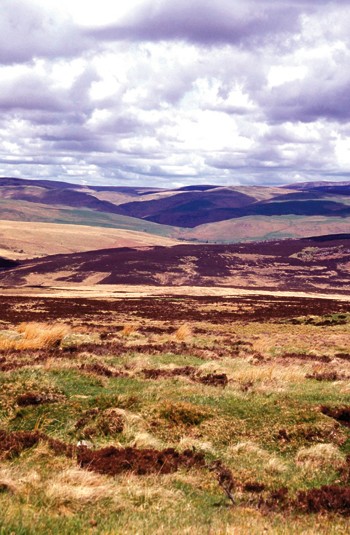
This year is shaping up to be a busy one for wildlife stories. Not surprising, I suppose, as 2010 is the year of biodiversity when governments around the world are expected to show that they have halted biodiversity loss. Last week saw the publication online of two science papers in the Journal of Applied Ecology. One reported on the Game & Wildlife Conservation Trusts (GWCT) own nine-year predation experiment at Otterburn in Northumberland, and the other, headed by the British Trust for Ornithology (BTO), was an analysis of changes in bird numbers in relation to the increases in crows, magpies and sparrowhawks. On the face of it these two papers cover the same issue but, surprisingly, they come to opposite conclusions. How does this happen?
There is no better illustration of this than with the case of the lapwing. In the GWCT study lapwing bred over three times better where the gamekeeper kept down the crows and foxes than on the areas where there was no control. As a consequence, populations of lapwing tended to increase on the keepered areas and decline on the un-keepered ones. It was a pretty clear result and it fits with what we know about populations of waders on grouse moors.
The BTO took an entirely different approach. Essentially they trawled through their extensive survey data, which formed part of the old Common Bird Census, and checked for changes in numbers of different birds to see whether or not declines were associated with increases in species like carrion crows, magpies or sparrowhawks. For the lapwing they found nothing. So, faced with this, one might conclude that, for lapwing, predation by carrion crows is not an issue. No doubt there will be conservation commentators who jump straight to this conclusion and therefore dismiss predator control as an irrelevance theyd be wrong.
How the reports differ
To reconcile the two studies we need to understand how the BTO data were collected and its limitations. For the Common Bird Census, birdwatchers went out each year and mapped the breeding territories of birds on their study plots, including, of course, the number of breeding pairs of lapwing and carrion crow. They did the same the following year and their records showed either no change, or increases or decreases in numbers of crows and lapwing. The rationale for the BTO analysis was that if predation was important then increases in crows would be followed by declines in lapwing. Obviously, changes in numbers weigh heavily in this type of analysis. If there are no changes, the effect is neutral. Now imagine a big Pennine grouse moor where the gamekeepers keep the crow numbers permanently down to near zero and where as a consequence lapwing are everywhere. A bird recorder visiting a site on this moor would record little or no change in either the number of crows or lapwing. Imagine then another area of moorland with no gamekeeper where crows are everywhere and lapwing scarce. In both situations there will be no year-on-
year change so neither will have any influence on the analysis. The huge difference between the two sites is overlooked or ignored. So while some of the correlations in the BTO study may indicate causes, they miss a fundamental one which may be the presence or absence of crows. We must, therefore, reject assertions that, on the basis of the BTO study, crows, magpies and sparrowhawks have very limited effects on bird numbers.
By contrast, the GWCT experiment does look at cause and effect. Unlike the BTO study, which was a retrospective analysis of existing data, the GWCT work was specifically designed to answer the question of whether or not predator control for grouse benefited other vulnerable ground-nesting birds, too. In particular, we wanted to look at the effects on species like lapwing, curlew and golden plover.
In designing an experiment of this kind it is important to try to rule out spurious factors that could affect the result. The most obvious ones are natural changes over time and differences between places. So we ended up using four widely spaced moorland beats in and around the army training ranges at Otterburn in Northumberland. One beat was subject to continuous predator control, another had none at all, a third had three years of predator control and three without, and the fourth had three years without and then three years with predator control. It is important to stress that the predator control we undertook was precisely what we would recommend for any moorland grouse keeper. It concentrated on keeping numbers of crows, foxes, stoats and other predators as low as possible throughout spring and early summer when waders and grouse are breeding.
Gamekeeping is vital
Waders were not abundant on our study areas but even the small numbers showed a clear response to the gamekeeping. On average on the keepered plots 50 per cent of the curlew, over 70 per cent of the golden plover, and over 50 per cent of the lapwing successfully fledged chicks. On the areas without predator control, barely 15 per cent of the wader pairs fledged chicks. This is a striking difference and has significant effects on the viability of wader populations. Unlike grouse, which can produce plenty of chicks per pair and large numbers can be shot each autumn without harming the breeding stock, waders produce few chicks and there are not many to spare. Indeed, on our study areas without predator control the waders were not producing enough to maintain their numbers. Breeding numbers of curlew, golden plover and lapwing all declined when there was no predator control but increased after years when there was.
I think this experiment is profoundly important not just for grouse moors, but for conservation, too. Huge areas of moorland in England and Scotland are managed for grouse and they support many thousands of pairs of waders. Look at any UK bird atlas and youll see that the hotspots for these waders are grouse moors, and their success undoubtedly depends on the continuation of predator control in the uplands. In my view, conservation agencies should do more to support grouse moor management and spend less time grumbling about patterns of burning and other details. These areas are of national importance for waders and it is the grouse moor keepers, not the conservation agencies, which have achieved this. More widely, as taxpayers, we are spending many millions of pounds in the countryside to support wildlife. We do this mainly through stewardship schemes and a majority of farmers receive income for conserving habitat.This is all worthwhile but, as we know for grouse and now waders, habitat alone is not enough to conserve them. I live in Hampshires Avon valley and the meadows around my house are all in Higher Tier Stewardship. Grazing is limited, no fertiliser or pesticides are used and hay is not cut until late. They look wonderful and are redolent of a pre-war countryside, yet the Avon valley scheme was intended to benefit waders like lapwing and redshank, but it hasnt. Recent studies show that these waders are failing because their nests are being robbed and the young taken by predators, mainly crows. The lapwing in our valley produce fewer than one fledged chick for every two breeding pairs, less than half of what is needed to maintain the population. We pay for pretty countryside, but lose biodiversity.
How to manage numbers of predators is now a key issue for conservation. I think we can get our countryside stewardship schemes to work better if we address this problem rather than ignore it. A hundred years ago carrion crows were rare in Hampshire, now they are everywhere this change has certainly had repercussions for lapwing and possibly other vulnerable species, too.
Related articles
News
A sound decision as moderators to be taken off licences
The Government has finally confirmed what the shooting community has long argued – that sound moderators should be removed from firearms licensing controls
By Time Well Spent
Gamekeeping news
News
Devastating effects of keepers downing tools
A 20-year experiment highlights the dramatic decline in our red-listed birds after predator control ends, proving the vital role of gamekeepers
By Time Well Spent
Manage Consent
To provide the best experiences, we use technologies like cookies to store and/or access device information. Consenting to these technologies will allow us to process data such as browsing behavior or unique IDs on this site. Not consenting or withdrawing consent, may adversely affect certain features and functions.
Functional Always active
The technical storage or access is strictly necessary for the legitimate purpose of enabling the use of a specific service explicitly requested by the subscriber or user, or for the sole purpose of carrying out the transmission of a communication over an electronic communications network.
Preferences
The technical storage or access is necessary for the legitimate purpose of storing preferences that are not requested by the subscriber or user.
Statistics
The technical storage or access that is used exclusively for statistical purposes.
The technical storage or access that is used exclusively for anonymous statistical purposes. Without a subpoena, voluntary compliance on the part of your Internet Service Provider, or additional records from a third party, information stored or retrieved for this purpose alone cannot usually be used to identify you.
Marketing
The technical storage or access is required to create user profiles to send advertising, or to track the user on a website or across several websites for similar marketing purposes.

